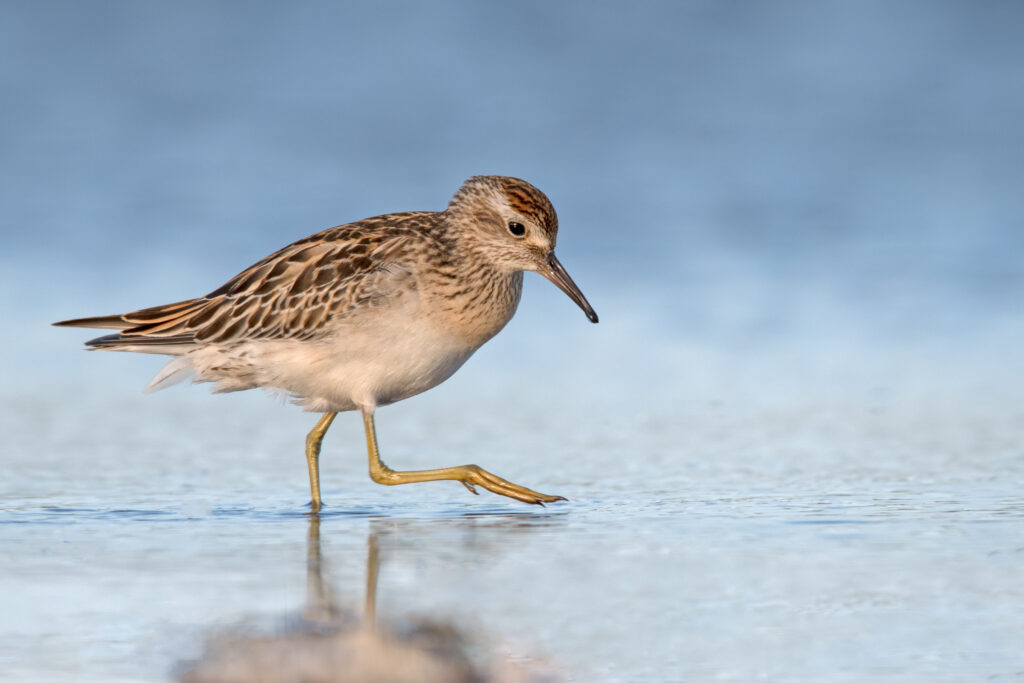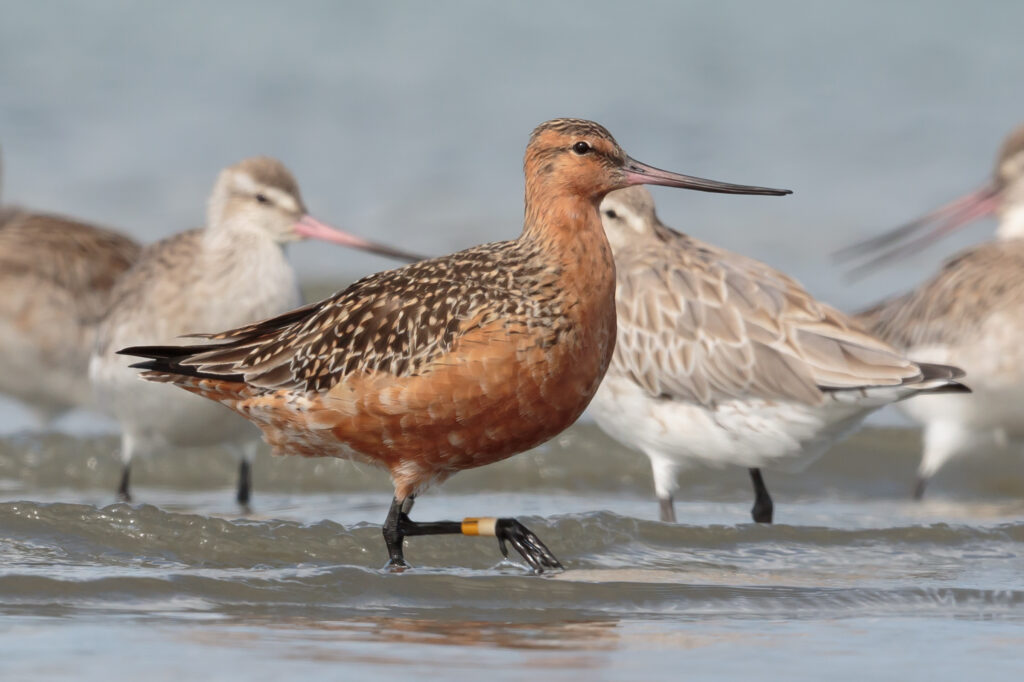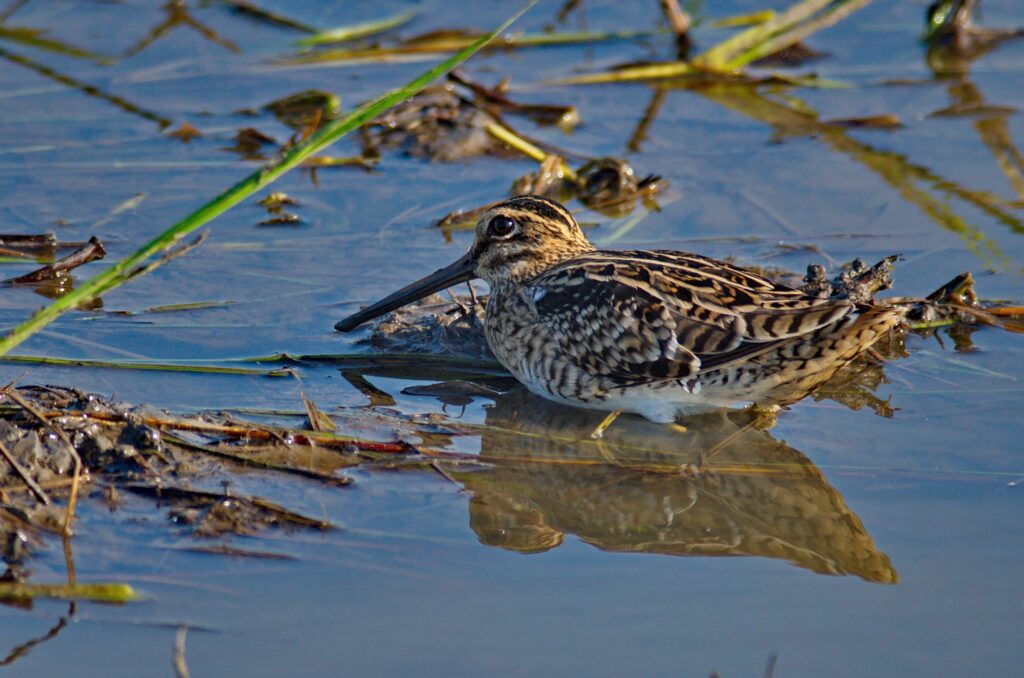After a summer spent feeding in the Gippsland Lakes Ramsar wetland, thousands of migratory shorebirds are preparing for take-off and their long-haul flight back to the northern hemisphere to breed.
East Gippsland Conservation Coordinator for Birdlife Australia, Deb Sullivan, said more than 20 species of migratory birds including snipe, sandpipers, and godwits visit the Gippsland Lakes during their non-breeding season.
“Most migratory birds travel to the Lakes from breeding grounds in northeast Asia and Alaska as part of the East Asian Australasian Flyway,” explains Deb.
“It’s a 20,000-kilometre round trip for some of these birds. That’s about 5,000-kilometre further than driving around Australia!” In Autumn the shorebirds are preparing to leave the region. “They are busy preening their feathers into top condition and foraging for food, this is so important for them to build up body fat to make the return journey.”
Birds leaving the region include the Bar-tailed Godwit – one of the larger migratory birds that visits the Gippsland Lakes. Godwits have been recorded making the 13,000-kilometre journey from Alaska to New Zealand non-stop in nine days.
“It’s really important that we don’t disturb them. Please take a wide berth around these birds if you see them, and make sure dogs are kept on a leash,’ said Deb.
The Gippsland Lakes Ramsar wetland is a significant site for migratory shorebirds. Deb is overseeing the Waterbird Monitoring project for the Ramsar site that includes regular surveys of the resident and migratory waterbird populations. These surveys help to understand and drive management actions for their ongoing protection.
“And look up! You might see some of these migratory birds heading off to Scandinavia, Alaska or north Asia.”






